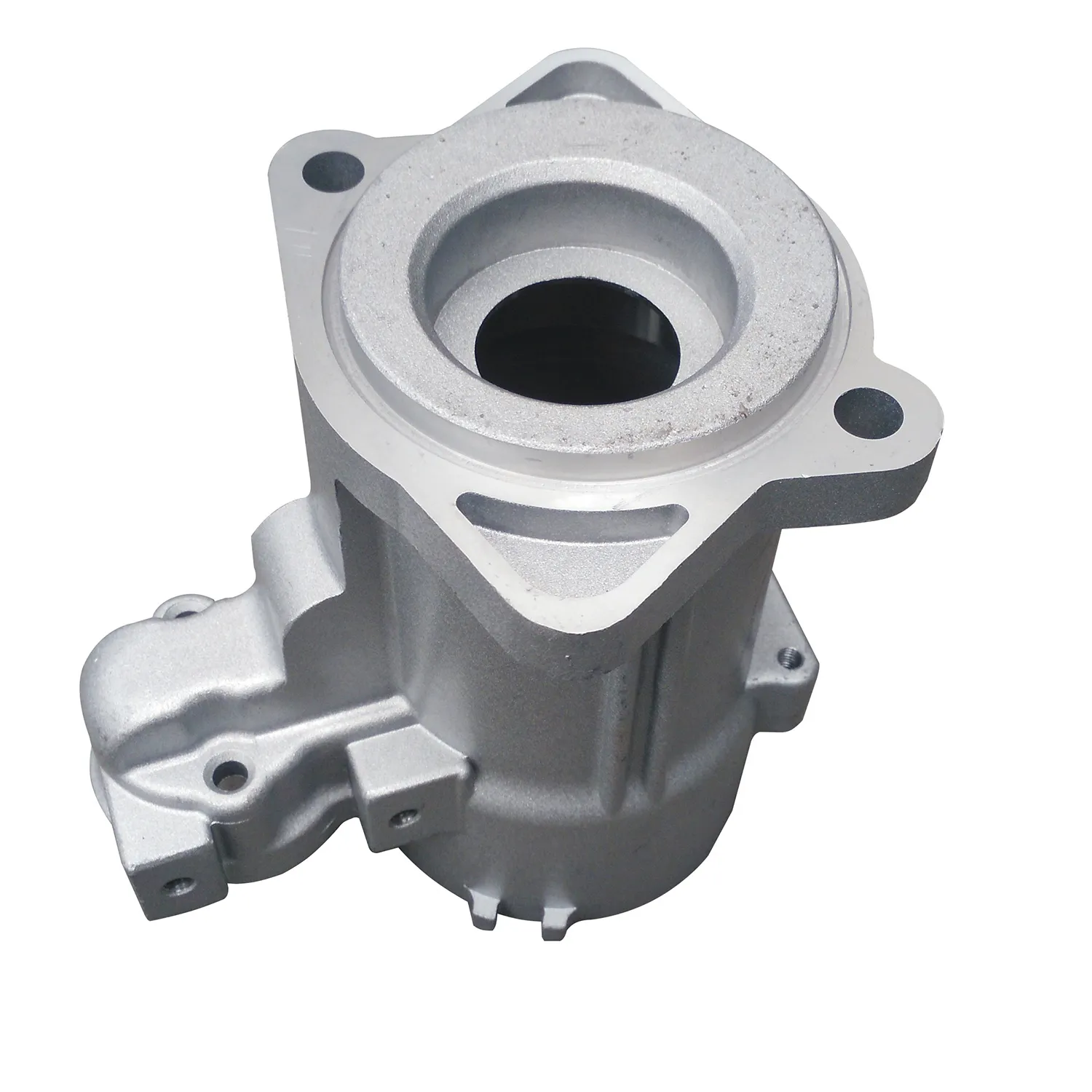Mobile:+86-311-808-126-83
Email:info@ydcastings.com
bronze casting
Bronze Casting The Timeless Art of Metalworking
Bronze casting is an ancient and enduring technique that has played a pivotal role in the development of art and technology throughout human history. The process involves creating objects from bronze, an alloy primarily composed of copper and tin. This method allows for intricate designs and durable results, making it an ideal choice for various applications, from art to weaponry.
The origins of bronze casting can be traced back to as early as 3500 BC, when civilizations such as those in Mesopotamia and the Indus Valley first discovered the advantages of using metal over stone. The advent of bronze marked a significant technological advancement, often referred to as the Bronze Age. This era not only saw improved tools and weapons but also the rise of more complex artistic expressions and societal structures.
The bronze casting process generally involves several key steps. Initially, artisans create a model of the intended object, often made of clay or wax. This model is then coated with a heat-resistant material to form a mold. Once the mold is prepared, it is heated, allowing the artisan to pour molten bronze into it. After cooling, the mold is removed to reveal the finished piece, which may undergo further refinement through polishing and detailing.
bronze casting

One of the notable aspects of bronze casting is its versatility
. Throughout history, artists have used this method to produce everything from functional items like tools and vessels to exquisite sculptures and commemorative plaques. The famous statue of David by Donatello and the numerous bronze sculptures scattered throughout ancient and modern cities exemplify the artistic potential of this medium.Additionally, bronze casting has been instrumental in the production of monumental works of art. Throughout history, large-scale bronze statues have been erected to commemorate significant figures and events. For instance, the Statue of Liberty, a symbol of freedom and democracy, features a copper exterior with a bronze finish, showcasing the beauty and resilience of this metal.
In contemporary times, the art of bronze casting continues to thrive. Modern sculptors and craftsmen are rediscovering this age-old technique, blending traditional methods with innovative designs. Workshops and foundries around the world offer classes and programs to educate interested individuals about the intricate processes involved in bronze casting.
In conclusion, bronze casting is a remarkable art form that has transcended time and culture. Its rich history and continuous evolution reflect humanity's quest for innovation and expression. As both a functional material and a canvas for artistic exploration, bronze will surely continue to inspire future generations, preserving its legacy in the world of art and beyond.
-
Understanding Metal Casting TechniquesNewsApr.02,2025
-
Understanding Exhaust Manifolds for Enhanced Engine PerformanceNewsApr.02,2025
-
The World of Metal FabricationNewsApr.02,2025
-
Key Components for Pump and Turbo EfficiencyNewsApr.02,2025
-
Essential Tools for Automotive Maintenance and RepairNewsApr.02,2025
-
Durable Valve Components for Effective Water ManagementNewsApr.02,2025











